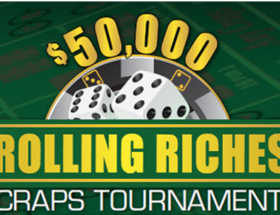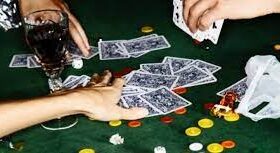When playing blackjack you can use various systems to determine if you have the advantage over the house. Although card counting is illegal, it is frequently allowed in land-based casinos as long as the practice isn’t observed in other games being played. Uncounted cards are called “busts” and the player is given an incentive to correct the count.
The basic idea of the card counting system is to keep track of the number of cards remaining in the deck and making numerical adjustments as needed. When the count is favorable, you increase the size of your bets. When the count is unfavorable, you decrease the size of your bets. You need to keep the card counting system a secret in order to take advantage of the favorable counts.
In blackjack card counting low cards favor the dealer and high cards favor the player. If you know the high cards are on the way out, you can increase your bets when you have the advantage. When you know for certain that there will be fewer high cards in the deck, you will want to make more wagers so you can win more money.
In blackjack card counting you simply keep a running count starting at 0. When you have the advantage, you wager more and when you have the disadvantage, you wager less. The running count tracks the ratio of high cards to low cards in the deck. Low cards will increase the probability of getting a higher card on the next hand. High cards have a decreasing probability of coming up.
The Hi-Lo card counting system is fairly simple. You need to assign a point value of +1, 0, or -1 to all the cards in the deck. Any cards with numbers on them, 2 through 6, are assigned a value of -1. The 7’s, 8’s and 9’s are assigned a value of +1. This system makes more precise statements as to the likelihood of cards of a particular value coming up. It is expressed as:
Sklansky & Martingale System – basic card counting strategyHites & Wagstaff System – a modified version of Sklansky & Martingale
- You need to keep track of all the cards in the deck and decide how many units to bet.
- Enter the amount you want to bet into the box on the left side of the screen during the betting stage.
- You start off with a small bet of 10 units on the first hand. If you win, you enter the amount of your bet in the top, and now you have 100 units on the deck.
- Continue with a run of good cards. Each time you win, you bet 10 units on the next hand, and you end up with 200 units on the deck.
- Now is the time to increase your bet. If you are not satisfied with the profit you have made, you can return to the beginning of the deck, but the profits you make will be much lower.
- While you are betting on the deck, you can offset any losses you may have made with a consecutive small bet. For example, if you bet 10 units when you are at 20 units on the deck, and you lose, you return to betting at 10 units again. This time, you may enter 100 units. If you win at this stage you have offset your losses for the 200 units bet, and any money you owe you pocket.
- The program will tell you to increase the bet up to the next level when the deck has many cards with low numbers.
- You can also use the running count to establish the number of cards with a high likelihood of coming up.
- You need to bet on the first two cards in the deck, as the odds tell you that these cards will give you a high probability of winning.
- Betting in this system is easy. All you have to do is place a bet on the first two cards, in addition to the normal bet.
http://sipekabergerak.kalselprov.go.id/slot-gacor/


